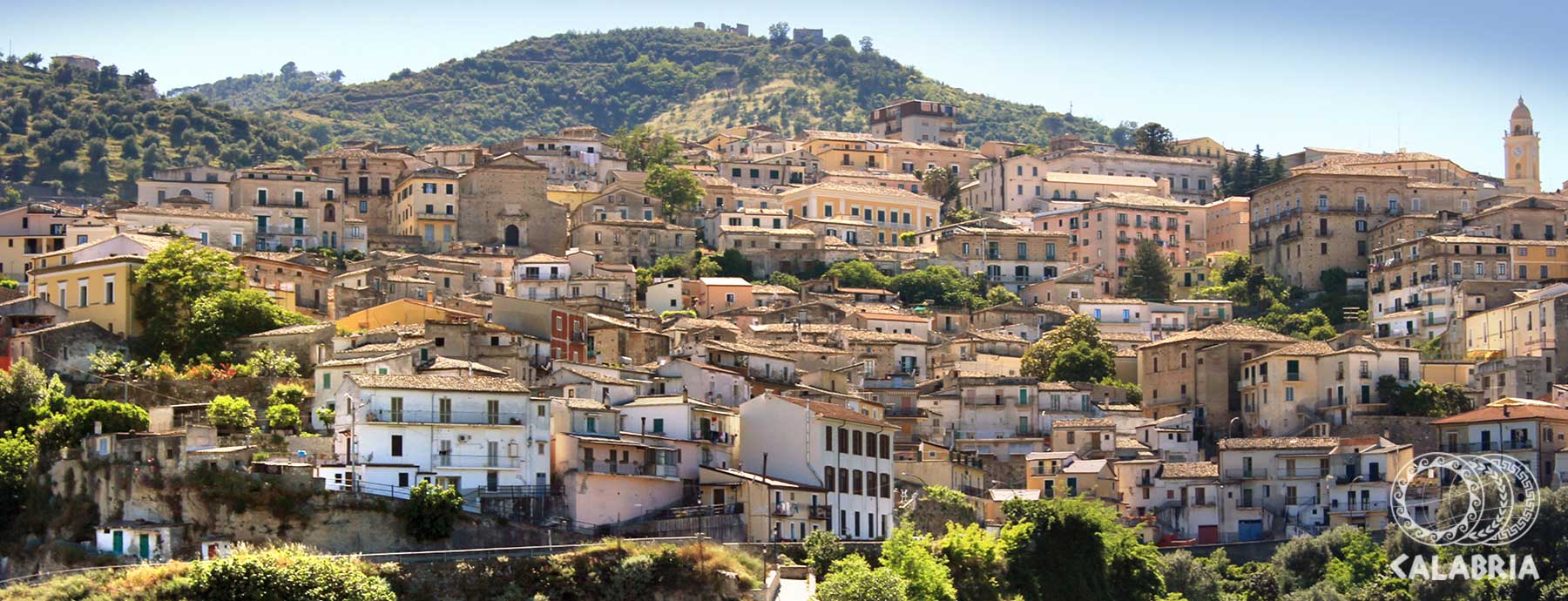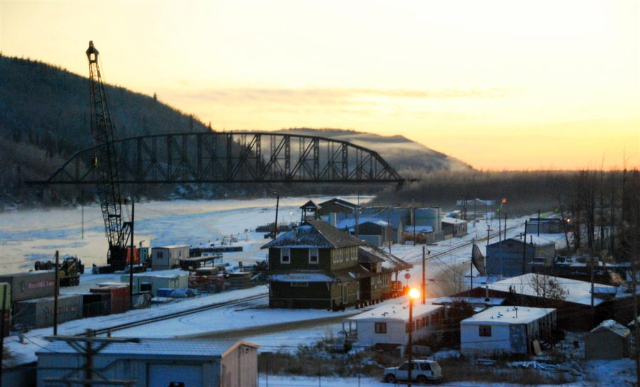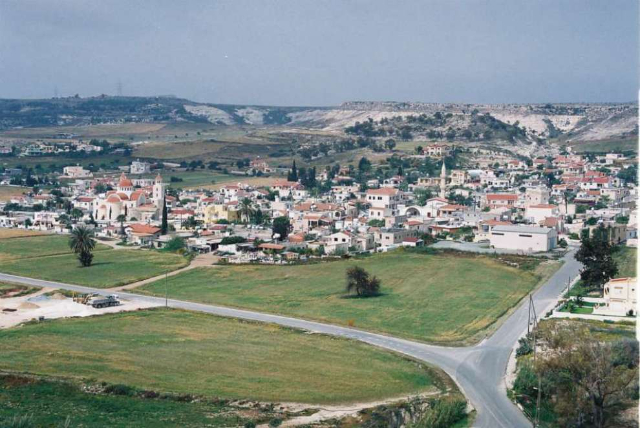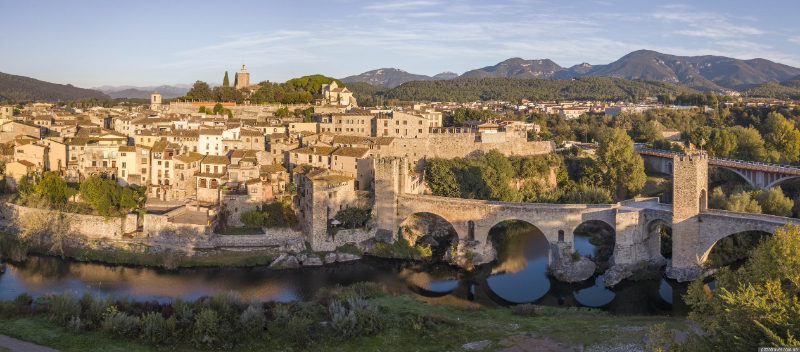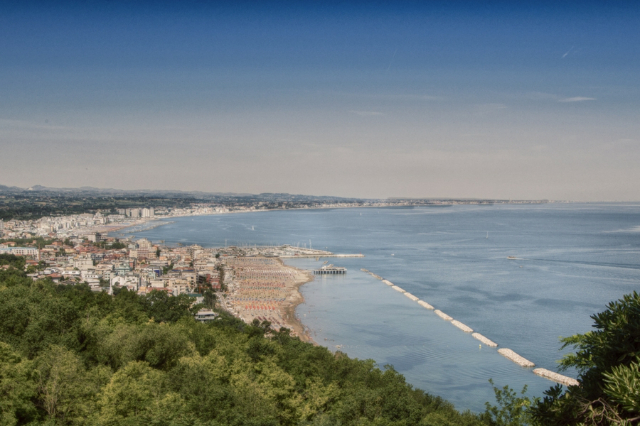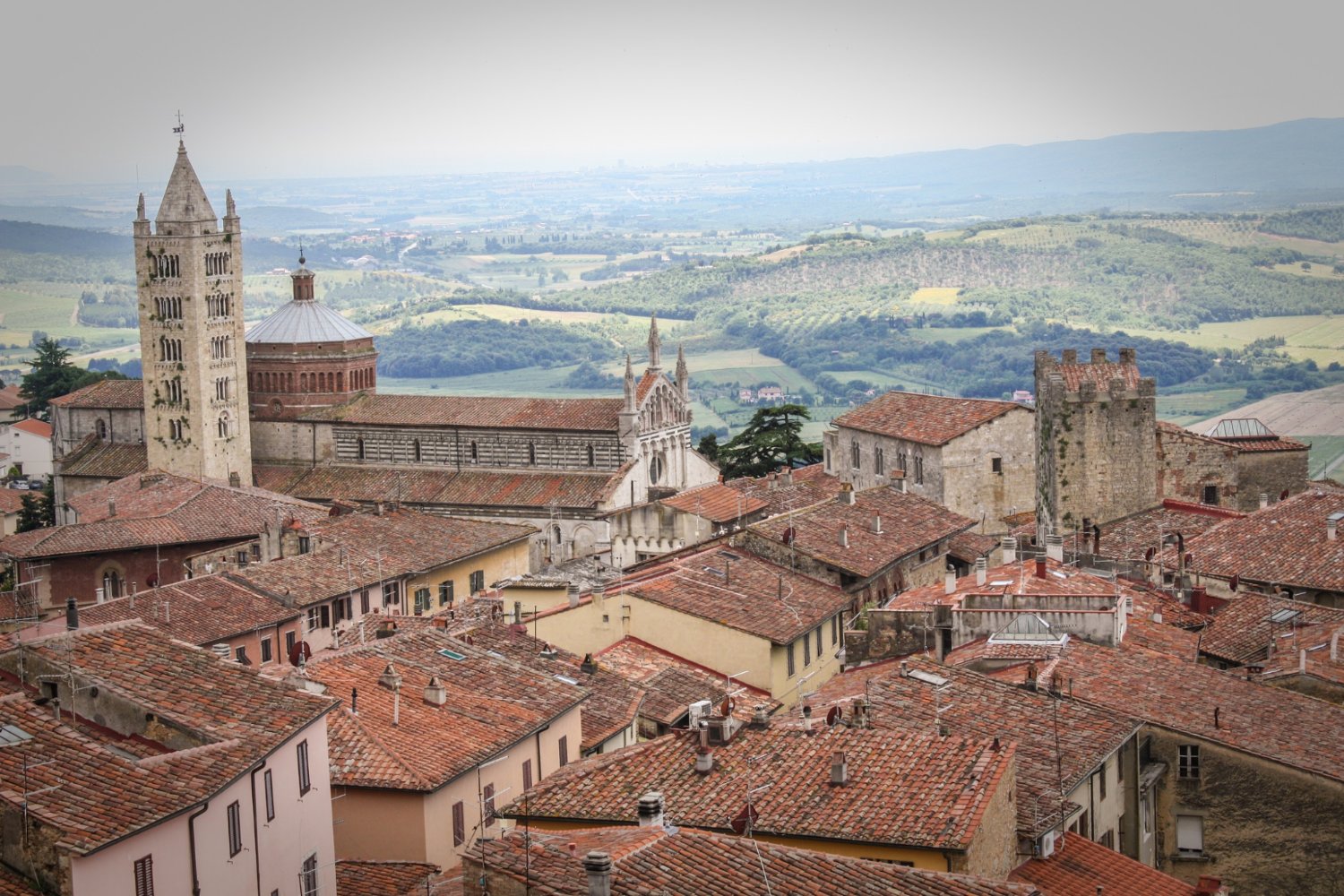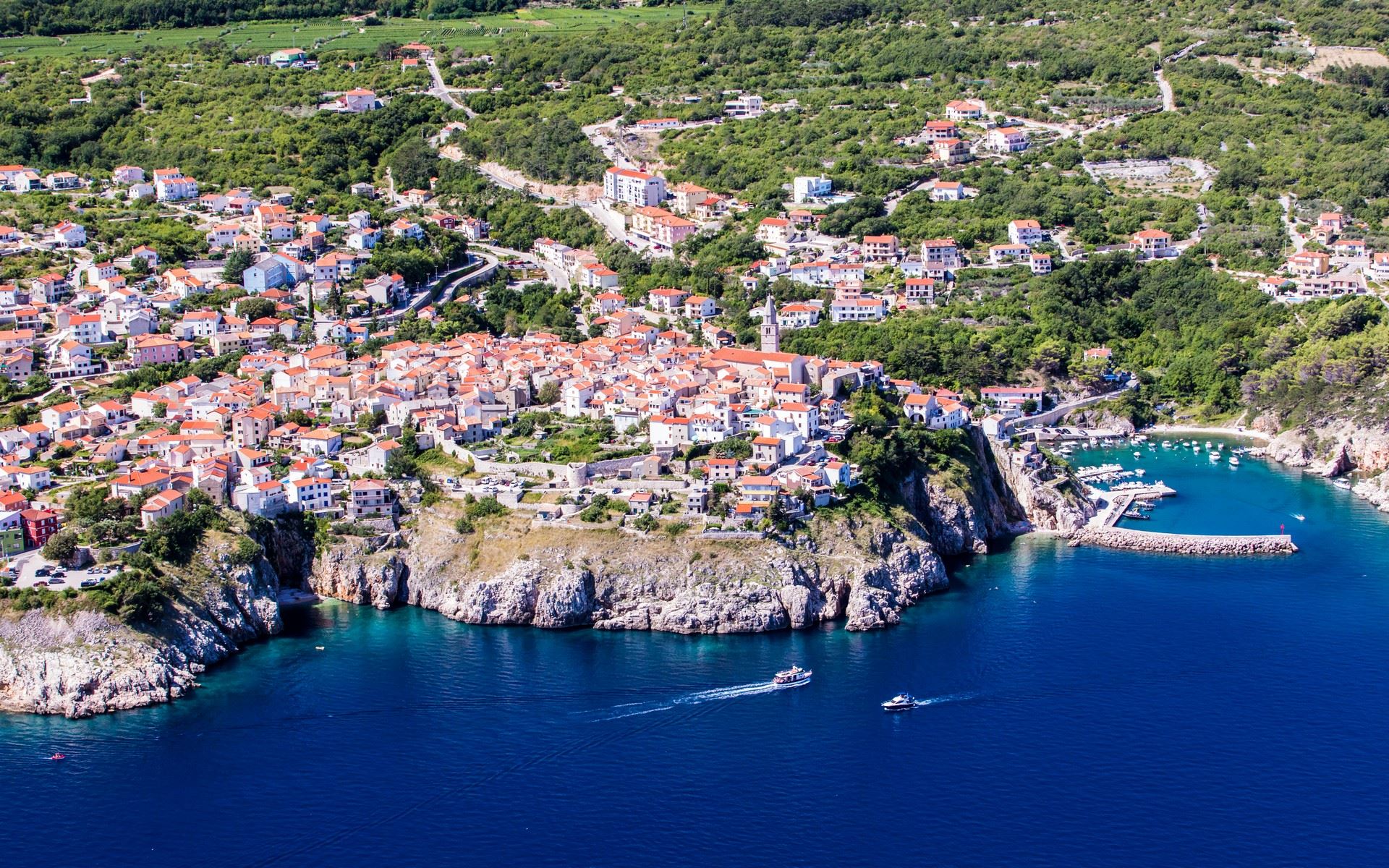The first settlements of the indigenous population of Entri date back to the secc. XI – VIII BC. During the Magna-Greek period (secc. VIII-II a.C) it is the port and the arsenal of Thurii (the II Sibari) with the name of Ruskìa or Ruskiané. Then during the denomination of the Romans (secc. II BC – V AD) also becomes a fortress city, Castrum and then Frùrion, with the task of controlling the underlying Plain of Sybaris and the overhanging mountains of Sila, where the proud Brettii or Bruzi heroically difendn their freedom from the Romans: the city acquires the name of Roscianum. Archaeological sites Enotrii, Brettii, Greeks and Romans are reported throughout the territory, while significant findings are kept in the new museum Dicesano and the museum of Sybaris. The most important historical period for Rossano is the Byzantine one: in fact, from 540 to 1059, it becomes a strategic city of the Byzantine Empire among the most active and safe in southern Italy, coveted by numerous invaders (Visigoths, Lombards, Saracens) but never conquered. A military center as well as a political-administrative center among the most important of the Byzantine domain that hosts the highest dignitaries of the court of Byzantium, but also of the Italo-German Empire.
In 951 – 952, is the seat of the Stratego (the military and civil head of the two Themi of Calabria and Lombardy), and thus becomes the capital of the Byzantine possessions in Italy. It is the moment of maximum power and notoriety for Rossano, which earned it the honorary titles of "The Byzantine", "Byzantine pearl of Calabria", "the Ravenna of the south". The tenth century, which for Europe is one of the most dramatic centuries, is instead, the golden century for Rossano. It is the most important urban center of Calabria, the seat of the Stratego, the Bishopric, administrative offices, workshops, art workshops. Numerous, moreover, are the educational institutions and monastic schools of the many urban and mountain monasteries, which, with their libraries and their "scriptoria" spread the image of Rossano and make it famous for its high levels of religiosity and culture greek – Byzantine.
From this rich and stimulating environment, a meeting place and synthesis of different sensibilities, a crossroads between East and West, an ascetic area of intense spirituality (known as the Aghiov Oros or Holy Mountain Rossanese), comes a large group of prominent personalities in the Middle Ages: Popes Zosimus (417 – 418), John VII (705 – 707), Zechariah (741 -752), John XVI Filagato (997 – 998); St. Nilus, the most illustrious of the sons of Rossano (910 – 1004), founder of numerous monasteries, among them the famous Greek Abbey of Grottaferrata near Rome; St. Bartholomew (980 – 1055), disciple of S. Bartholomew (980 – 1055), disciple of St. Nilus and continuer of his work, co-founder of the Abbey of Grottaferrata, author of "Bios", the life of St. Nilus, the most significant hagiographic and historical work of that historical period; Shabbettai Domnolo (913 – 982), Jewish physician and scientist etc.
From the end of the Byzantine era (1059) onwards Rossano progressively loses the role of protagonist in the history of Calabria, while maintaining its intense vitality and intact its prestige, especially at the time of the Normans (1059 – 1190) and the Swabians (1190 -1266), when, spared from feudalization, it is preserved royal city and then free University. But in 1417, it passes under the Feudal Regime, becomes and remains Principality, almost uninterruptedly, until 1806, during the dominations of the Angevins, (1266 – 1442), of the Aragonese (1442 – 1504), of the Spanish (1504 -1714) of the Austrians (1714 – 1738), of the Bourbons (1738 – 1860). The feudal families that alternate to the guide of the city are the Ruffo, the Marzano, the Sforza of Milan, the Aldobrandini and the Borghese of Rome; Bona Sforza is at the same time Princess of Rossano, Duchess of Bari and Queen of Poland (1524 – 1559).
The intense exploitation of foreign rulers, feudal lords, the local patrician determine the stagnation of the economy (centered on olive growing), the isolation and peripheralization of the city. Nevertheless, Rossano continues to develop urbanistically and to enrich itself with new and significant presences. Arise numerous and large mansions, churches and monasteries, houses or farms, coastal towers, (such as the castle of St. Angelo), the Hospital of St. John of God or Fatebenefratelli, cultural and religious associations, welfare and social. The Archbishop Gian Battista Castagna became Pope with the name of Urban VII (15 – 27/IX/ 1590). On the cultural level, from the beginning of 500 to mid 700, Rossano renews the role of City of Culture: religious institutions proliferate (including the Diocesan Seminary, (1593); two Academies known at national level, that of the Sailors and that of the Spensierati; rises the National Theatre Amantea then Palella, modeled on that of the Bourbon court of Naples, unique in Calabria at the end of 700.
During the French decade (1806-1815), Rossano returns to be Royal City, freed from the horrors and exploitation of Feudalism. At the beginning of the 800’s it becomes District Chief Town (28 Municipalities), seat of Subintendency, Chief Town of District and seat of the Justice; from 1894 to 1926 it is seat of Sub-Prefecture; in 1865 it becomes seat of Court, in 1875 of Court of Assizes and Military District; it is enriched with new higher educational institutions and, in 1871, before other cities, of Gymnasium, that will become then High School "San Nilo", illustrious school for culture and democratic life; in the second half of the 800, is the center of many cultural circles and produces various newspapers and periodicals, in 1876 Rossano inaugurates the Ionian railway trunk and, after a few years, starts the first electric lighting and the first thermoelectric power plants in Calabria. In 900, Rossano lives the events that characterize Calabria, with dignity and often as a protagonist: participates with many courageous to the Resistance and the struggle for Liberation, knows the hemorrhage of emigration, plays an active role in the slow process of reconstruction of civil life democratic and material of the region, exercising, until recent times, a role of great prestige, driving and guiding, in the vast territory of Calabria Jonica North East.
